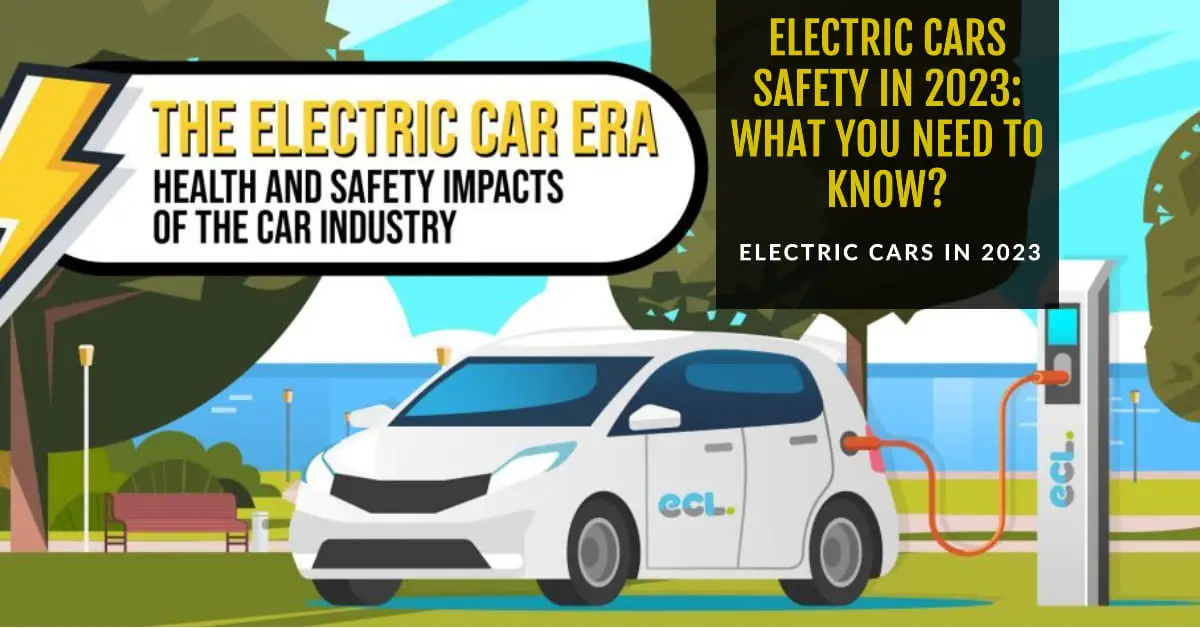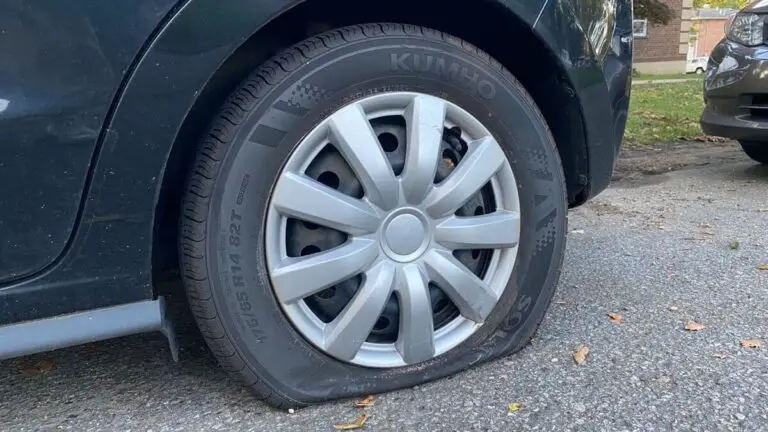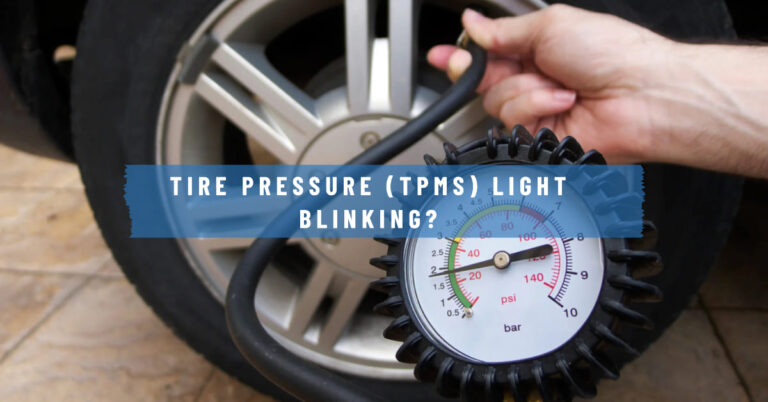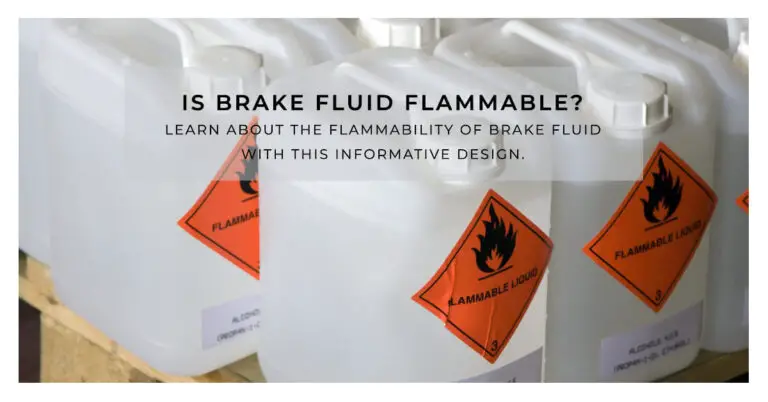Electric Cars Safety: Your Top Questions Answered in 2024

Are electric vehicles actually safe in 2023? That query may be racing through your thoughts as more EV options hit the market. Well buckle up buttercup, cause we’re gonna take you on a wild ride through everything you need to know about electric car safety. From crash tests to fire risks, we’ll hit the highway hard covering all your major concerns so you can feel good going green.
So let’s get revved up and ask the big question:
Table of Contents
How Safe Are Electric Cars Compared to Gas-Powered Vehicles in 2024?
Short Answer: Today’s EVs meet or even exceed most traditional auto safety standards. Improvements in battery tech decreasing fire risks, advanced driver assistance systems, rigorous crash testing and beefed up emergency response protocols are also accelerating EV safety forward. But a few risks remain that savvy shoppers should still keep on their radar.
Now buckle up and hold on as we dive deep into the nitty gritty details on:
- Special safety features in electric cars
- Crash test results and ratings
- Rollover and fire risks
- What happens after a crash
- Shock hazards
- And more!
Peeling out with the proper intel helps ensure your electric ride stays safe, sturdy and secure out on the open road. So keep cruising as we navigate each section.
Do Electric Cars Need Special Safety Features?
When maneuvering a massive battery pack around town, some special accommodations are certainly helpful. Luckily, today’s EVs incorporate innovative designs and tech to optimize occupant protection:
- Low Center of Gravity – The undercarriage battery placement drops an EV’s center of gravity compared to gasmobiles. This lowers rollover risk and aids handling and stability during swerves or tight turns.
- Advanced Driver Aids – Most new EVs come standard with high-tech automatic emergency braking, lane keep assist, blind spot monitoring and other advanced driver assistance systems (ADAS) to help avoid collisions.
- Reinforced Frame – Structural reinforcements and ultra-strong battery shields protect the battery pack from intrusion in a crash. This added rigidity also improves overall chassis strength.
- Next-Gen Airbags – Beyond traditional front airbags, most new EVs add side curtain airbags for enhanced head protection and even center mounted airbags to safeguard front passengers in side impacts.
But even with the sci-fi safety tech, tried and true protections like seat belts and crash-absorbing crumple zones remain key. Now let’s see how these features translate in full on crash testing.
How Do Electric Cars Perform in Crash Testing?
Safety ratings from both the National Highway Traffic Safety Administration (NHTSA) and the Insurance Institute for Highway Safety (IIHS) provide key insights on EV crashworthiness.
Here’s a quick crash course on what these rigorous tests reveal:
- Full-Speed Collision – EVs undergo standardized frontal and side crash tests at 35-40 mph against solid barriers and poles. Results help evaluate occupant restraints, airbag performance and more.
- Rollover Resistance – Vehicles are tipped onto their roofs to gauge structural integrity and occupant protections like curtain airbags during roll-overs.
- Small Overlap – Offsets the vehicle to slam just 25% of its front end into a barrier mimicking sideswipes. Assesses cabin integrity.
- Roof Strength – About 20,000 pounds of force are used to crush a vehicle’s roof to determine durability.
Across the gamut of collision simulations, today’s EVs largely achieve top ratings and match or exceed most gas-powered vehicles.
For example, the 2023 Tesla Model 3 earned a 5-star overall safety rating from NHTSA. The Hyundai Ioniq 5 is an IIHS Top Safety Pick. Showing EVs can take a hit just as well as traditional cars.
The hefty weight of the battery packs may even give EVs an advantage in collisions versus lighter gas cars. But extra mass comes with trade-offs which leads us to our next topic…
What About Rollover Risk?
Here’s where that lower center of gravity comes into play. Dropping the batteries down low inside the chassis helps deter roll-overs to begin with.
The robust battery case also acts like a ballast adding stability if a rollover does occur. This helps prevent the vehicle from fully tipping over and aids roof strength supporting occupants.
In fact, most EVs score impressively in NHTSA rollover resistance assessments:
- Tesla Model 3 – 6.6% Chance of Rollover
- Ford Mustang Mach E – 9.8% Chance of Rollover
- Volvo XC40 Recharge – 11.2% Chance of Rollover
For comparison, a classic sedan like the Toyota Camry has a 14.1% rollover risk. Proving EVs can handle hazards like untripped SUVs.
Okay, next topic – let’s charge straight into lithium-ion fire safety.
Are Electric Car Batteries Safe?
Lithium-ion batteries powering electric cars and portable electronics have developed quite the fiery reputation after high-profile cases like the Samsung Galaxy Note 7 airplane explosions.
But today’s EV battery packs now incorporate multiple lines of defense:
- Robust outer casing and excessively rigid shields protect cells from damage.
- Advanced sensors and cooling systems help regulate temperature and prevent overheating.
- Isolation systems cut power flow during accidents to reduce fire risks.
- Manufacturing quality checks identify defective cells before installation.
These protections coupled with cell chemistry improvements have drastically cut down electric vehicle blazes.
In fact, the risk of a lithium-ion EV fire is significantly lower compared to traditional gas powered vehicles. Gasoline fuel tanks rupture frequently in crashes unleashing massive fireballs.
While a Tesla may smolder for 24-48 hours after a major accident, the most dangerous fires occur immediately following a collision. And in EVs, the solid batteries tend to burn slowly giving passengers more time to safely exit.
So rest assured, today’s EV cells are far from the explode-on-contact prototypes seen in cheesy 80s sci-fi flicks. But first responders still need extra know-how when handling damaged EVs which leads us to…
What Happens After an EV Crash?
With new technology comes new protocols for emergency personnel. To safely manage incidents, firefighters, EMTs and police now receive specialized training on hybrid and electric vehicles.
Key response procedures include:
- Following emergency shutoff and high voltage isolation procedures
- Using insulated gear to avoid shocks
- Accessing emergency procedure QR codes linked to each specific EV model
- Employing hydraulic tools to cut battery packs away from occupants if trapped
- On-scene battery thermal imaging to identify hotspots
- Knowing how to safely move damaged vehicles
Equipped with the proper EV training and gear, first responders can work quickly and effectively to save lives after any collision while avoiding additional hazards.
Speaking of shocks, let’s get charged up on electrical risks.
Should I Worry About Shock Risk?
Here’s a jolting fact – unlike sticking a fork in a wall socket, the closed high voltage system in an electric car is designed to contain electrical current safely even in a crash.
Multiple monitoring and fail-safe systems minimize any zap risk:
- Pressure sensors instantly isolate the battery by opening relays if systems detect a collision. This cuts off electric flow to prevent current leakage.
- Additional low voltage disconnects are activated by airbag deployment, loss of insulation or excessive tilt angles.
- Galvanic isolation and monitoring modules constantly verify no stray electrical signals pass from the battery to chassis. Any detected fault triggers immediate shutdowns.
- The rigid battery pack housing, shields, and lack of exposed conductors protects against contacts that could cause electrocution.
So while hypothetically damaged lithium-ion cells could deliver a shock, in about 99% of accidents the electrical protections kick-in to isolate the high voltage battery keeping occupants and rescue crews safe.
Conclusion
While any mode of transport comes with risks, electric vehicles have clearly come a long way in occupant protections. Dedicated EV platforms with fortified battery packs, low centers of gravity, and advanced driver aids provide safety advantages over internal combustion predecessors.
Ongoing improvements in lithium-ion fire prevention, emergency response protocols, rollover avoidance and collision performance are also accelerating EV safety forward. Proven resilience in crash testing shows that battery-powered cars can hold their own against collisions, while innovative engineering minimizes other risks like electrical hazards and instability.
So by buckling up, following sound battery care recommendations and maintaining vigilance on the road, EV lovers can hit the highway reassured by modern safety standards. Just drive defensively, charge thoughtfully and let the advanced tech protect you so you can enjoy the ride. The electric revolution is here and it’s safer than ever!







